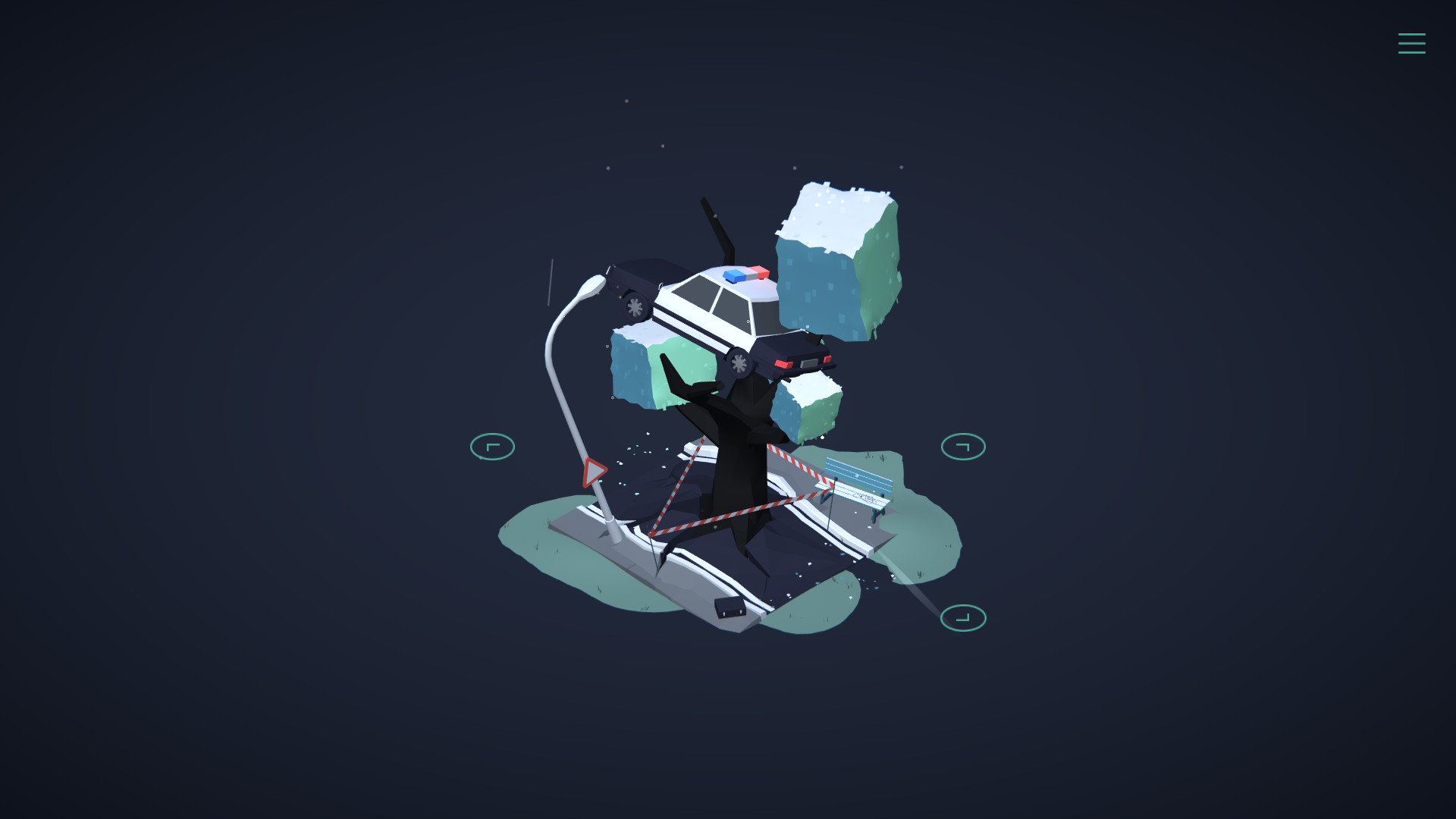Platforms:
PC, iOS, Android
Released:
June 25, 2020
Publishers:
Playdigious, X. D Network Inc.
Developer:
Happy Volcano
The Almost Gone is an interesting little indie coming to us from Happy Volcano, a mobile game developer based in Belgium. Small in scale but big in its accomplishments, this game won Best Mobile Game in 2016 at the Belgian Game Awards, then two more awards in 2018. So it’s been around for a while, but only now has it released for general audiences. And now that it’s here, it’s clear to see what the judges saw in it. It’s half-puzzle, half-exploration in a similar way to What Remains of Edith Finch, albeit on a much smaller scale. It’s the sad story of a family made broken through generations of pride, regret, and mental health, written by Belgian author and screenwriter Joost Vandecasteele.
The Almost Gone is not a game that follows the action. The ‘action’ is all already over: you’re just here to pick up the pieces. The game’s description explains that the player character is a dead girl (spoilers much?), but that part is never explicitly shown. You are in a dreamlike state, seemingly separate from reality, and exploring the girl’s life through ‘dioramas’ – that is, scenes that depict a static slice of the past. There is not a soul to be found in the entire game, making for a lonely and effective experience.
Using arrow buttons, you control the player character through each scene and inspect items of interest to get a bit of commentary. You’ll explore not just the girl’s memories but also the memories of others to discover the truth that she never knew about her own family. Gamers who have lived through events like death and depression will want to be aware that the game touches on these topics, but in a very non-confronting way. It’s not always subtle – there are some eye-rolling “yeah, I get it already” moments, but by and large it’s a thoughtful and memorable message.

The tone and atmosphere are masterfully done. The dioramas each depict a small scene, a little piece of the puzzle all on their own. Some will have an obvious anomaly, like a police car in a tree. But even the most normal of scenes have a strange dreamlike quality to them. They will often not even show half of the room, instead separating the space into two or more dioramas to explore.
It creates a feeling of claustrophobia in a way that felt very purposeful, like you and the player character are both equally trapped in this strange dream. The lovely atmospheric music helps this feeling too, though it gets a tad monotonous towards the end.
The graphics are good-looking too, with stylisation bringing a bit of flair to the suburban scenes. Colours are muted and sometimes drab to suit the atmosphere, but there are also brighter more cheerful colours to break up the monotony.
“The tone and atmosphere are
masterfully done.”
The gameplay is fairly standard fare for a puzzle game – in the best possible way. It’s not out to reinvent the wheel but to make you engage with the broken world that the player character called home. It’s got its share of finding lock combinations and hidden buttons, but you’ll need some logic and geographical thinking as well. Navigating around is a bit of a puzzle in and of itself, as you must often flick between multiple screens just to get the full picture of a room. It may prove a tad annoying if you don’t have a good sense of direction.
No puzzle is particularly challenging, but they are interesting. And for those who do get stuck, there’s a link to a walkthrough right on the pause screen, which is a nice touch. All puzzles can be solved through exploration and a bit of trial and error, no need to tap wildly at the screen for some item that you’ve missed. As claustrophobic as the small scenes feel, they’re also uncluttered to look at, which avoids the problem some puzzle games have of bombarding the player with potential points of interest. The sensible amount of information on the screen at one time naturally brings the eye to the important details, making for a smooth player experience and minimal frustration.
The beautiful thing about games like The Almost Gone is that it will invoke a slightly different emotion in each person playing. For some, this game will be about death and grieving. To others, it may be about mental health. To me, The Almost Gone is an interactive exploration of a broken home, and the way that lack of communication can infect an entire family to the point of collapse.
The game might initially seem a little shallow in its message. Images of wedding cakes split down the middle and hidden pill bottles seemed unsubtle, pushing an unoriginal moral that unhappy marriages make for depressed kids. But this is only one of 5 chapters, and the unhappy marriage is not the root, but simply one branch of a larger, much more dysfunctional tree. The Almost Gone leaves multiple questions unanswered behind, the most important of which, at least to me, is “How would this have gone differently if the family had just talked about it?” Which is an often overlooked message when it comes to stories about grief and depression.
8
Great
Positive:
- Interesting and varied puzzles
- Thoughtful, emotional story
- Easy on the eyes and ears
Negative:
- Leaves questions unanswered
I recommend The Almost Gone for anyone who’s looking for an engaging story with puzzles that will make you think without being difficult enough to frustrate. It’s not long, and I came away wishing it had lasted a little longer to explain away some of the last mysteries; but life never gives you easy answers, and neither does this game. My recommendation is for the mobile versions, as the graphics and the tap-and-swipe controls are clearly optimised for it. It’s a reasonable price on both mobile and PC though, so take your pick of platform.





